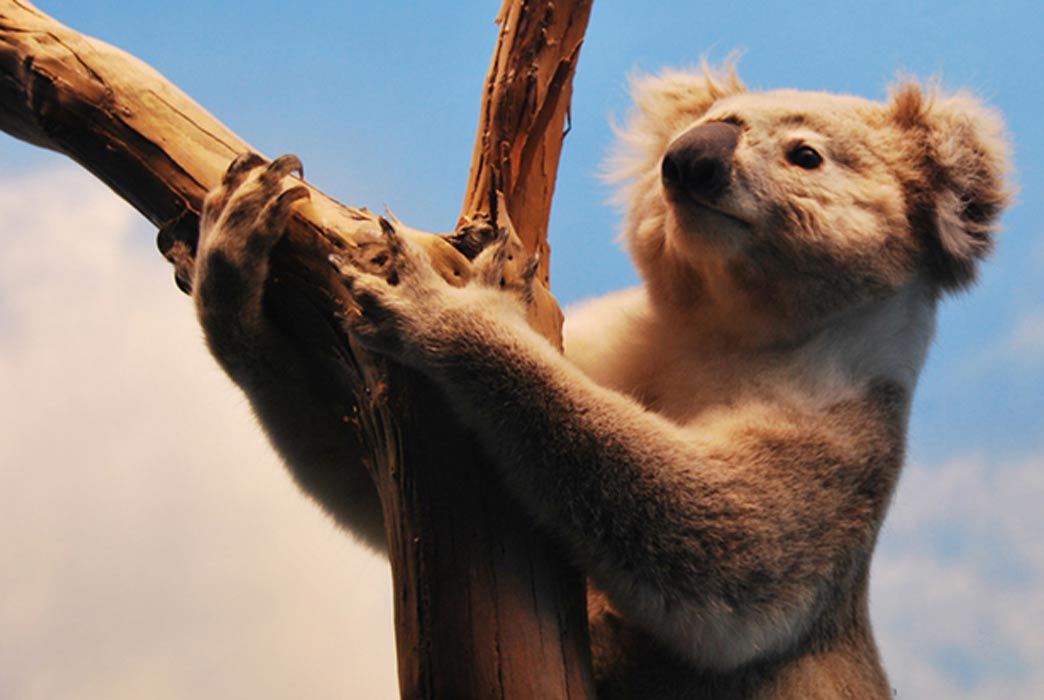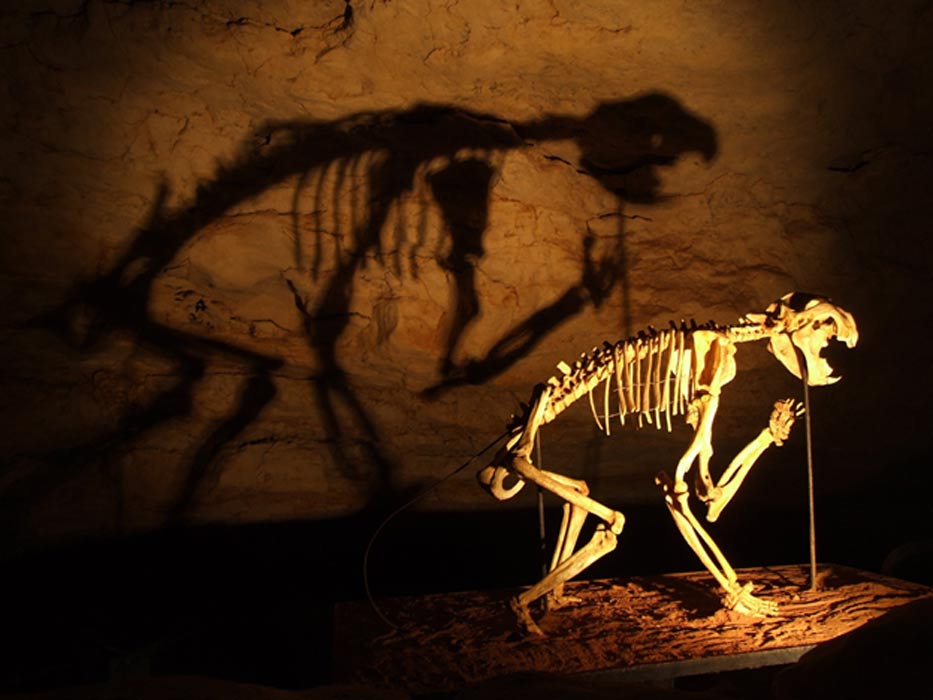
Koalas: Dreamtime Legends, Ancient Symbols, and their Dangerous Prehistoric Ancestors
The koala is a major draw for Australian zoos and wildlife parks. They are featured heavily in Australia-related advertisements, cartoons, and soft toys. If one were to name the animal most closely associated with Australia, it is very likely that the koala or the kangaroo would be mentioned. The koalas’ teddy bear-like face and the virtual absence of a tail, together with their stocky build and their long legs, give them a bear-like appearance. Therefore, they are also commonly referred to as “koala bears” or “native bears”.
Personality-wise, the koalas’ most enduring quality is probably their laid-back nature. They generally look as happy and comfortable being in the arms of humans as they are climbing trees and eating eucalyptus leaves. The name “koala” comes from an Aboriginal word which means “no drink”. This word is given to them because the aborigines found that the koalas do not drink water, as they receive most of their hydration from the Eucalyptus leaves which they eat. They only drink when they are ill or at times when there is not enough moisture in the leaves.
There were once several different kinds of koala—all but one of which had died out. Evidence of a “giant” koala, which was more than twice the size of its modern descendants, exists in fossils dating back more than 40,000 years. Mentions have been made associating the koala with the Marsupial Lions, the carnivorous pre-historic animals, which is said to be one of the few possible ancestors of the cute and cuddly koalas we know today.






